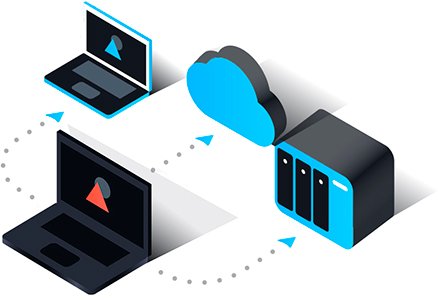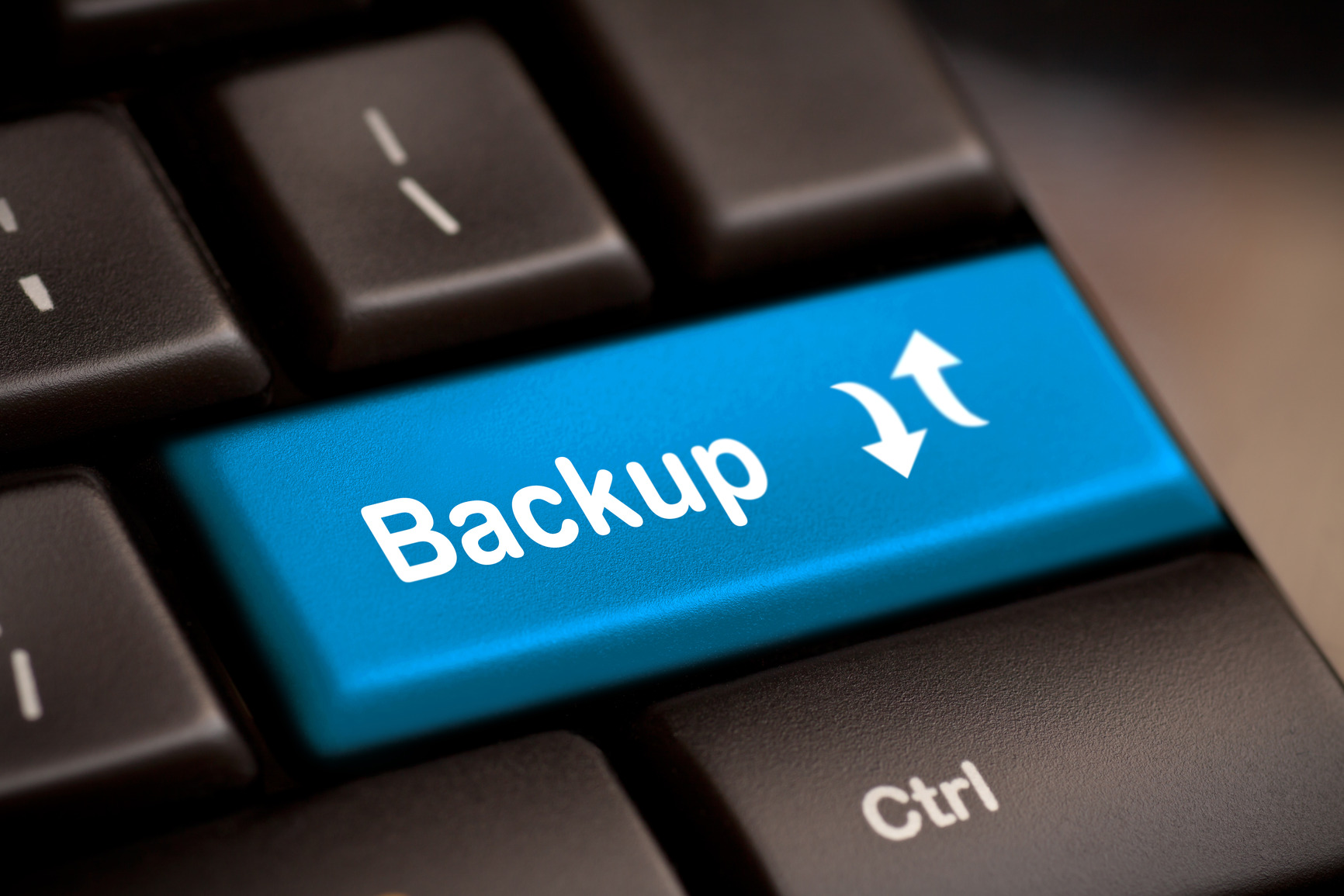Encrypted Local Cloud Backup For Home Use

Protecting our priceless data has become essential in the modern digital age. Losing anything can be devastating, whether it be cherished memories, important documents, or family photos. Backup software for home users can be useful in this situation. You can easily protect your data and restore it whenever you need it with the right backup software. In this article, we'll go over the key features of backup software and how important it is for home users.
- Why is backup software necessary?
To safeguard your data from unintentional deletion, hardware failure, theft, or natural disasters, you must have a dependable backup program. In case of unforeseen circumstances, it makes sure that your files are secure and simple to recover.
Robust Backup Solution For Owncloud Key Features
- How Do Backup Programs Operate?
Your files are copied and stored in a different location by backup software, either locally or on cloud servers. You can choose the frequency and type of backups by using one of the many options that are typically available, such as full, incremental, and scheduled backup options.

- Important Backup Software Features
- Simple use: Look for backup software that is user-friendly and has simple controls to make setting up and managing backups for home users simple.
To prevent unauthorized access to your sensitive information, make sure the software supports encryption.
- Compatibility: Pick backup software that works with your computer, smartphone, or tablet as well as your operating system and other devices.
- Fileversioning: With the help of this feature, you can store multiple versions of a file and, if necessary, go back to an earlier one.
- Automated backups: To avoid having to remember website link to start the process manually, look for software that provides automatic backup.
- Restoration options: Ensure that the software offers a variety of restoration options, including the restoration of specific files, folders, or even entire systems.
Safe Automated Offsite Backups Key Features
- Home users ' most popular backup software
A) Acronis True Image: Users of Windows and Macs can access a wide range of backup options through this program. Features like disk cloning, cloud storage integration, and ransomware protection are offered.
B) Backblaze: A well-known cloud-based backup service that provides home users with limitless storage space. It offers reliable security measures, simple file restoration, and continuous backups.
Carbonite is well-known for its hassle-free and automated backups. Unlimited cloud storage, automatic backup of videos, and remote file access are all features.
- Before Selecting Backup Software, Consider These Factors
- Storage capacity: Select software based on the amount of storage space needed for your backups.
- Pricing: To find a backup software option that fits your budget, compare the price ranges of different options.
Customer service: To quickly resolve any questions or issues, look for software that provides dependable customer support.
Streamlined Mailenable Mail Server For Startups

- Tips for a Successful Backup Plan
Prioritize the files and folders that are most crucial to you and make sure they are covered by your backup plan when identifying critical data.
- Schedule regular backups to make sure your data is always current.
- Test restorations: To make sure your backups are functioning properly, periodically test the restoration process.
- Off-site backups: If you want to prevent theft or physical harm, think about keeping a copy of your backup copies offline.
Important Notes:
For home users to prevent the loss or damage of their valuable data, backup software is crucial.
Find user-friendly backup programs that support encryption, compatibility, and a variety of restoration options.
Acronis True Image, Backblaze, and Carbonite are three well-liked backup software options.
When selecting backup software, take into account variables like storage capacity, cost, and customer support (Cloud Backup Services In India).
Identifying crucial data, performing routine backups, testing restorations on site, and maintaining off-site backup are all steps that should be taken when using a backup strategy.